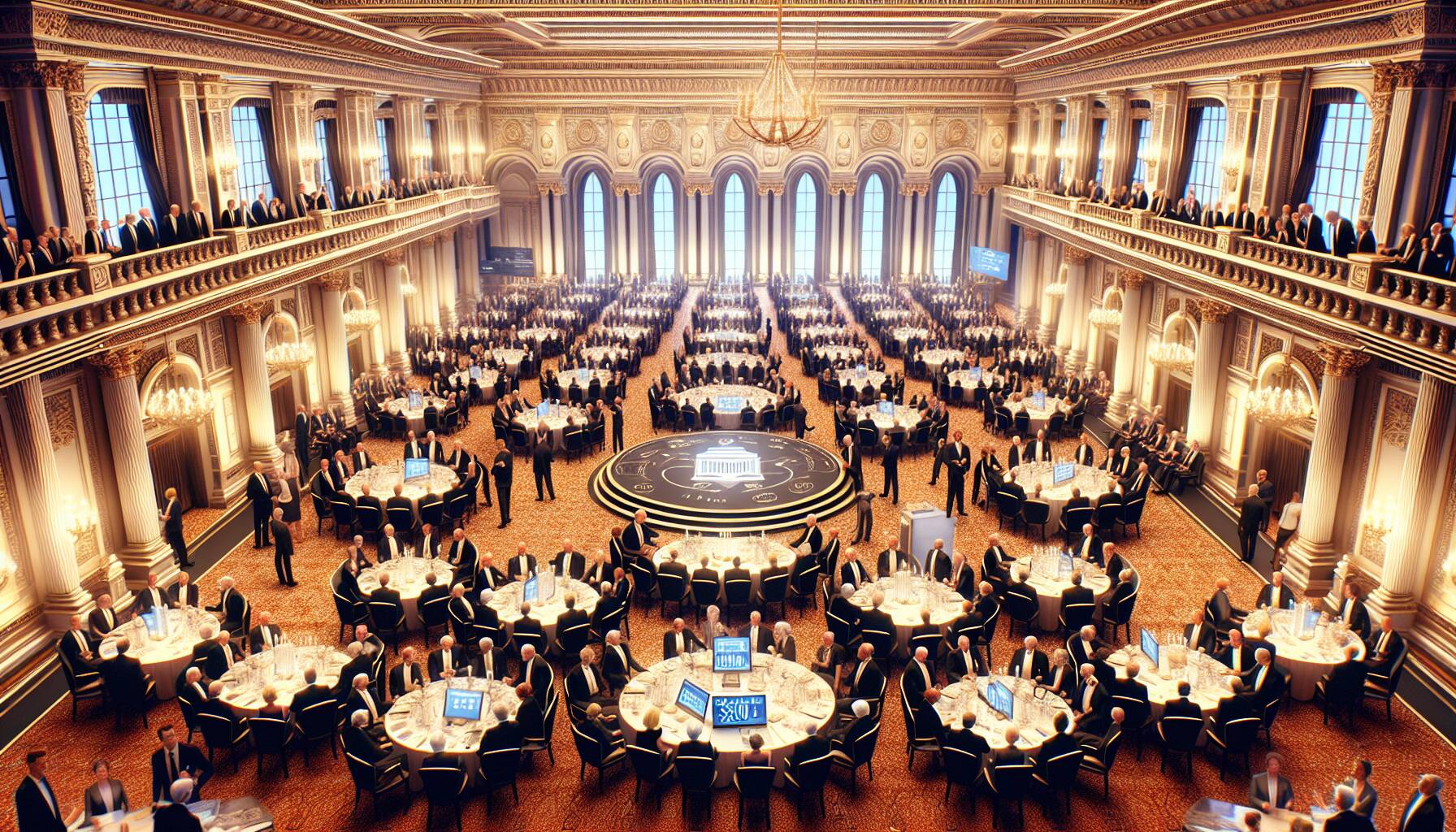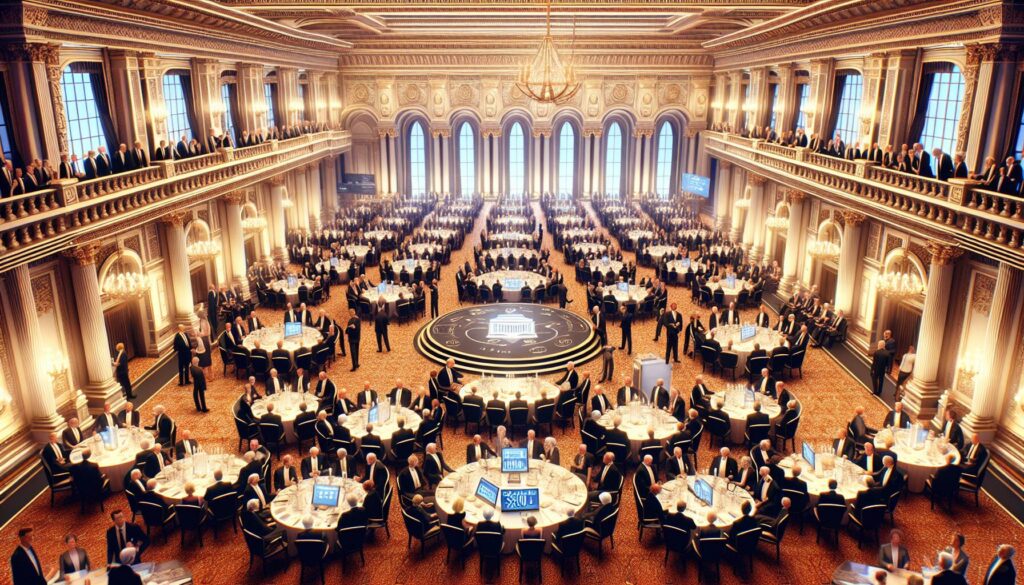In a bold move reshaping the historical landscape of American politics, the White House has embarked on an ambitious project funded by 37 notable donors, totaling an impressive $300 million for the construction of a new ballroom. This endeavor, aimed at revamping the East Wing, comes amid profound discussions on the significance and impact of such a lavish expenditure.
As the East Wing faces demolition, the conversations surrounding what is lost and gained have taken center stage. The juxtaposition of opulence against a backdrop of varying public opinions reveals a complex narrative as voters weigh in on the implications of Trump’s ballroom creation.
The New York Times reflects on voter sentiment towards this extravagant transformation, while CNN highlights the historical significance now under threat. Perspectives from The Washington Post and The Wall Street Journal further illuminate Trump’s navigation through D.C.’s bureaucracy to realize this vision, stirring debate on the essence of heritage and modernity.

White House Ballroom Development Key Points
The development of the White House ballroom and its implications are significant for the public and political landscape. Below are the key points related to this topic:
- Funding Sources:
- 37 donors contributed to the $300 million build.
- Understanding the motivations of these donors may reveal their influence over political decisions.
- Demolition of the East Wing:
- The East Wing has been demolished, marking the loss of historical architecture.
- This can affect public perception of historical preservation vs. modernization.
- Public Opinion on Trump’s Actions:
- Voter perspectives on Trump’s handling of the ballroom reveal broader sentiments towards his presidency.
- These opinions can have repercussions on political campaigns and elections.
- Media Coverage:
- Diverse opinions are presented across various media platforms.
- How media frames this issue can shape public understanding and reactions.
Analysis of Recent News on White House Ballroom Funding and Development
The recent developments surrounding the $300 million funding for the White House ballroom have sparked a wide array of reactions across multiple news outlets. Notably, Fortune sheds light on the perspectives of voters regarding Trump’s vision for this lavish project, which could reinforce his appeal to certain segments of the electorate seeking grandeur and historical significance. However, a potential drawback lies in the overshadowing of pressing national issues, which could alienate those who prioritize fiscal responsibility over opulence.
On the other hand, The New York Times presents a poignant reflection on the demolition of the East Wing, emphasizing what has been lost in this ambitious undertaking. This coverage may resonate with those who value historical preservation, raising the question of whether the cost of modernity is too high. Such sentiments could create a chasm between supporters of the renovation and advocates for maintaining traditional architecture, potentially diminishing public consensus.
CNN delves into an opinion piece advocating for the ballroom’s necessity, arguing that a space dedicated to national events is vital for the presidency’s functionality. They highlight the inherent advantages of facilitating diplomatic gatherings and state functions, suggesting that these benefits outweigh the financial burdens. Conversely, this viewpoint may face criticisms from fiscal conservatives who see such expenditures as misaligned with public expectations for government spending.
The Wall Street Journal provides insight into Trump’s maneuvering through bureaucratic obstacles to realize his vision, hinting at a decisive leadership style. This narrative could enhance Trump’s image among supporters who appreciate assertiveness; however, it may also fuel opposition narratives about disregarding necessary checks and balances, which could be leveraged by critics to bolster their arguments against his administration’s approach.
Overall, this barrage of coverage not only illustrates the stark contrast in public opinion but also highlights nuanced competitive advantages and disadvantages. Those who might benefit from the ballroom’s establishment include political figures aiming to capitalize on its prestige and the networks that create events within it. In contrast, preservationists and fiscal watchdog groups could find themselves increasingly at odds with the ongoing momentum of this project, presenting challenges to both public perception and legislative support.















